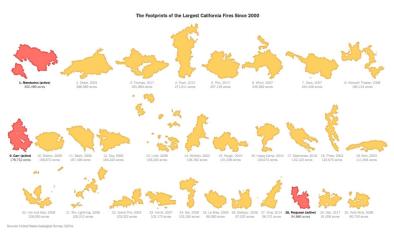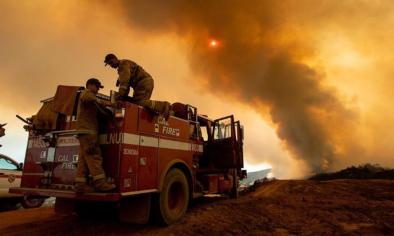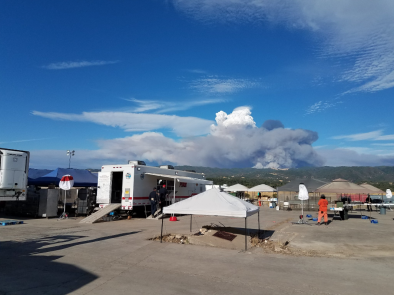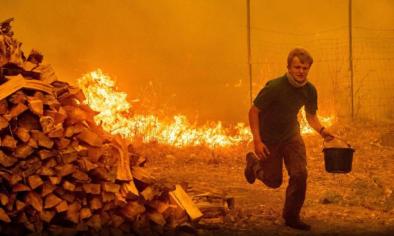Scientists see fingerprints of climate change all over California’s wildfires
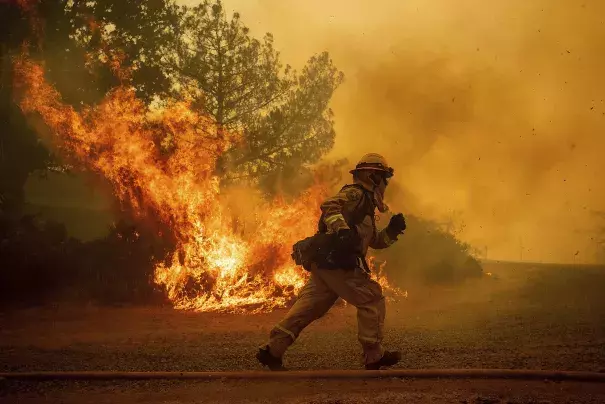
Much of the heat that’s gripped California and hastened the spread of deadly wildfires recently is due to a strange but familiar shift in the jet stream — one that’s haunted the West with threatening fire conditions in the past and could cause more hot, dry spells in the future, especially with a changing climate.
The jet stream, the river of wind high above the Northern Hemisphere, has been weaker and wavier in the past few weeks, scientists say. Instead of pushing weather systems along as it usually does, it’s allowing the patterns to stagnate.
...
“We’re seeing this mix of conditions across North America and Europe, but they’re all connected,” said Jennifer Francis, a professor at Rutgers University who studies atmospheric circulation. “The weather patterns are just stuck. They’re trapped.”
The shift in the jet stream that’s driving the stagnation, say Francis and other climate scientists, is almost certainly tied to global warming.
It’s just one of the ways that climate change is probably contributing to the spree of fires in California that has killed eight people and destroyed more than 1,000 homes.
California’s fire season, most fundamentally, is saddled with higher temperatures — with or without a heat wave, scientists say. The greenhouse gases emitted from cars, power plants and factories, which trap sunlight and warm the atmosphere, have created baseline conditions that are more hospitable to wildfire. Water loss from soil and plants is generally up while snowmelt and river flows are down.
...
Research by Michael Mann, a climatologist and geophysicist at Penn State University, suggests that the change in the jet stream is partly the result of warming in the Arctic. When the Arctic gets hotter, the contrast in temperatures between northern latitudes and more southern latitudes is less. That variation causes a disturbance in the atmosphere that shifts the jet stream, Mann said.
“These factors work together to produce the sorts of persistent extreme weather events — droughts, floods, heat waves, wildfires — that we’re seeing across the Northern Hemisphere right now,” Mann said in an email.
...
Regardless of the jet stream’s influence, climate researchers are already drawing a connection — and quantifying it — between the current heat wave and climate change.
The World Weather Attribution project, an international coalition of scientists, released a preliminary report last month saying that Europe’s scorching heat was twice as likely to have occurred because of human-caused warming.
Michael Wehner, senior staff scientist at Lawrence Berkeley National Laboratory, did a similar computation for the heat in California. He concluded that 2 to 3 degrees of temperature could be chalked up to climate change.
“When you’re really hot,” he said, “a little bit hotter makes it a lot worse in terms of human health and aggravating fire danger.”
Related Content
